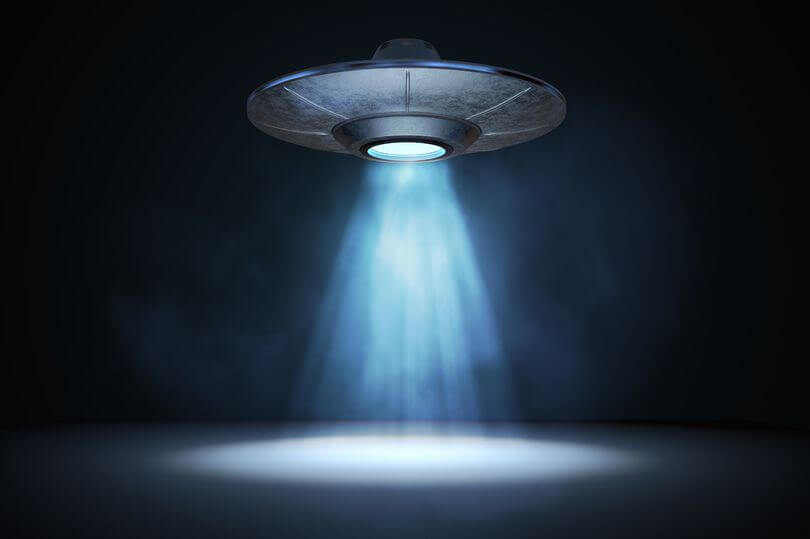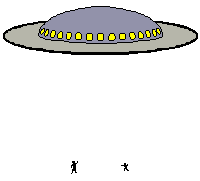It’s the wrong question — or, at least, it’s premature.
Before we get to what these mysterious phenomena are, we need to be asking how we can figure out what they are. This is where scientists, notably absent from the current UAP conversation, come in.
For too long, the scientific study of unidentified flying objects and aerial phenomena — UFOs and UAPs, in the shorthand — has been taboo. A big driver of that taboo is the vacuum of knowledge that is being filled by unscientific claims thanks to a lack of scientific investigation.
In recent decades, science has focused on aspects of extraterrestrial inquiry, including the search for signs of life on other planets — think the Mars rover— and techno-signatures — radio signals that appear to emanate from outside Earth.
The research has been complex, evidence-based and demanding, pulling in scientists from across disciplines and all around the globe. The same should be true for the exploration of UAP sightings. If we want to understand what UAP are, then we need to engage the mainstream scientific community in a concerted effort to study them.
Decades ago, the notion of serious research on UFOs wasn’t out of the question.
In the late 1960s, a U.S. Air Force-led effort called Project Blue Book examined thousands of UFO reports from the 1950s and 1960s. In 1968, however, another report, commissioned by the Air Force and conducted at the University of Colorado to examine UFO research to that point, stated that “nothing has come from the study of UFOs … that has added to scientific knowledge.” Soon after, the Air Force shuttered Project Blue Book. About 700 of the more than 12,000 cases remained “unidentified” at the close of the project.
Despite this, distinguished scientists including astronomer Carl Sagan, physicist James E. McDonald and astronomer J. Allen Hynek thought UAP should be investigated scientifically. McDonald, a professor of meteorology and member of the National Academy of Sciences, conducted a rigorous analysis of a few UAP cases that Project Blue Book highlighted as unexplainable.
McDonald documented his methods — extensive interviews with witnesses, detailed accounting of their observations, examination of radar and other technology possibly implicated in the sightings — in “Science in Default,” which he presented in a 1969 American Association for the Advancement of Science symposium. He relied on evidence-based investigation and consideration of all the available data (rather than cherry-picking one instance of an event). He argued that much of the 1968 report was biased and shallow.
“Doesn’t a UFO case … warrant more than a mere shrug of the shoulders from science?” he wrote.
We need to frame the current UAP/UFO question with the same level of active inquiry, one involving experts from academia in disciplines including astronomy, meteorology and physics, as well as industry and government professionals with knowledge of military aircraft, remote sensing from the ground and satellite observations. Participants would need to be agnostic toward any specific explanations with a primary goal of collecting enough data — including visual, infrared, radar and other possible observations — to eventually allow us to deduce the identity of such UAP. Following this agnostic approach, and relying upon sound scientific and peer-reviewed methods, would go a long way toward lifting the taboo in mainstream science.
Without robust, credible data mined by mainstream scientists, UAP studies will always be viewed as fringe science. With a systematic collection of new data, and access to all existing data, we can apply scientific rigor to what has been observed and documented.
Ultimately, understanding UAP is a science problem. We should treat it that way!
We are the change the world has been waiting for!
Have you witnessed an unidentified flying object?
Whether you think UFOs are black projects, extraterrestrial craft, something else altogether, or just don’t know.
Unconditional love. The road we all get to walk. Unconditional love is like the sun.
WE ARE THE DISCLOSURE ~ WE HAVE NEVER BEEN ALONE
Love and Regards,
Thank You,
Nancy Thames
Sources:
Opinion by Ravi Kopparapu and



